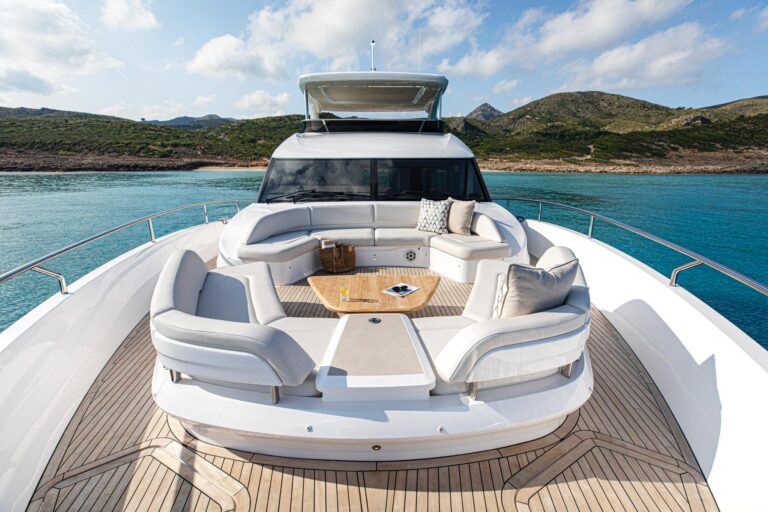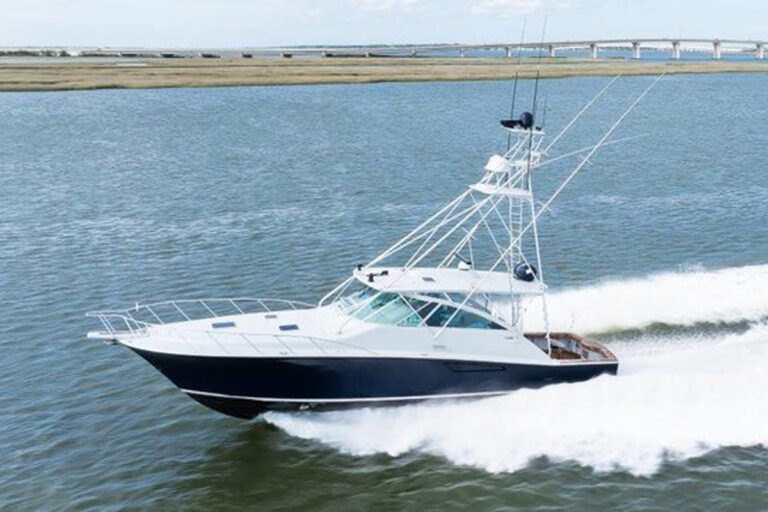
Running Light Fundamentals
One of my most prized possessions is my granddad’s brass combination bow light with its big red and green glass lenses intact and its oil lamp still in place and functional. The light is old indeed, but federal running light regulations are older still, dating all the way back to 1838, a mere 40 years after George Washington left office. How odd is it that, after all these years, misunderstandings about such simple devices are still causing accidents and fatalities at sea?
Changes and refinements have been made in the regulations over the past 173 years, of course, with the results now embodied in the Coast Guard’s Navigation Rules International-Inland. These rules are based on a worldwide 1972 treaty titled International Regulations for Preventing Collisions at Sea, or 72 COLREGS.
My oil-fired beauty is no longer legal, having been supplanted by electric units with more intensity and better specifications. Yet, the intended function has remained basically unchanged. The objective is for the crew of a vessel to see other vessels in its vicinity, for the crews of the other vessels to see it, and for all of the crews to understand the movements of other vessels nearby and, based on that understanding, to take any necessary action to prevent a collision.
To comply with the regulations, international or inland, lights must meet specific standards for color, intensity, location, shielding and angle of display. Color and intensity are pretty well handled by the light manufacturers, but the latter three factors can be a problem. Coast Guard boating-safety teams try to visit each of the country’s 4,000 builders and importers of recreational boats on an annual or biennial basis under the Coast Guard’s Recreational Boat Manufacturer Factory Visit Program. Sometimes, however, noncompliance will escape detection and the boat will make it onto the water uncorrected.
It seems to be stylish these days to mount the side lights on the hull of the boat below the sheer, but this can lead to trouble. First, under international rules, the lights must be above the main deck. Second, unless fairing blocks are placed between the light and the hull, or a mounting surface is tooled into the hull mold, the lights are unlikely to be vertical and parallel to the vessel’s centerline, throwing off the arc of visibility in both directions. The same problem can exist when the lights are recessed into the side of the house or flying bridge.
Even when the lights are mounted properly their illumination can be a danger in itself. The problem of glare often is not addressed until the operator realizes too late that unshielded lights are interfering with his night vision, leaving him running blind or relying too much on radar images and GPS tracking. The situation worsens when the fog rolls in and all that can be seen from the helm is a glowing cloud. Having to choose between running blind or running dark is not a good place to be.
Regardless of who installs the lights, the operator remains primarily responsible for the safe and legal operation of the vessel. When you get a new boat, check the lights to be sure they comply with the regulations, and test the boat on a foggy night to see if glare is going to be a problem. You don’t want your first hint of trouble to be in a busy channel miles from port.









